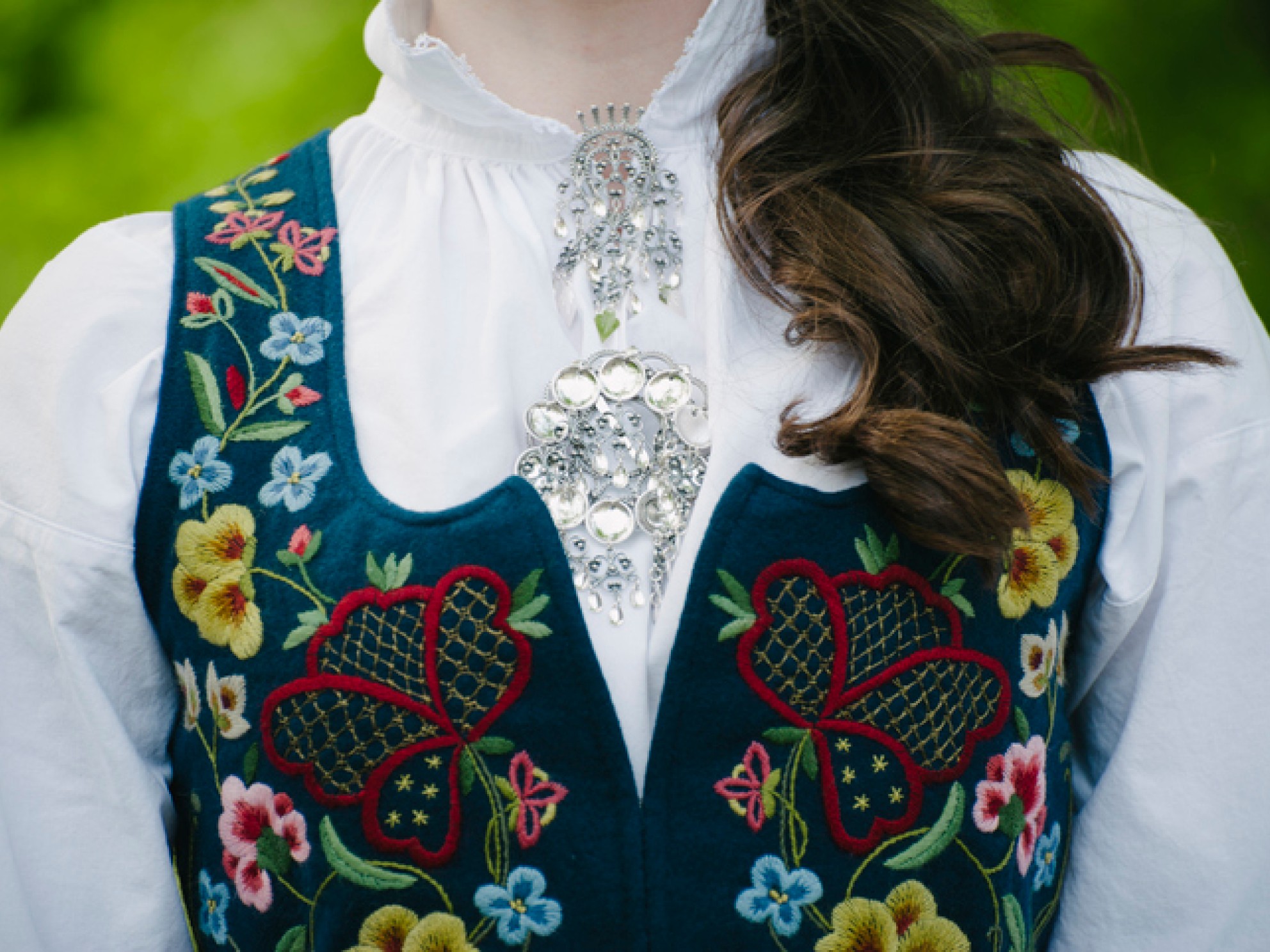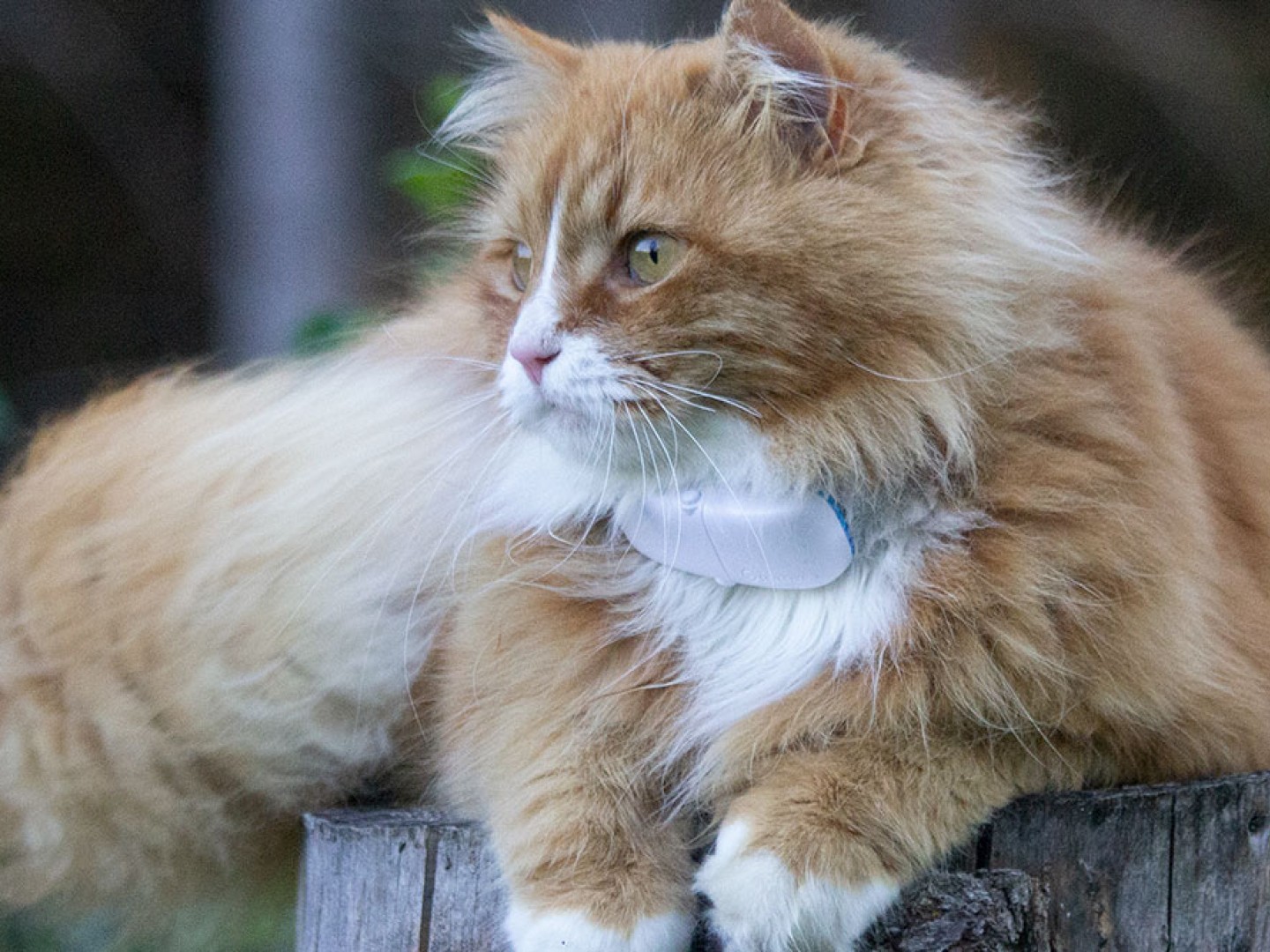What is bunad, folk costume and party costume?
As we understand this, bunadas and folk costumes are the same; namely costumes that have developed over time, but are made quite similarly for many generations in the same geographical area. The origin of the costume and pattern is usually unknown. Party costumes are costumes that have been created in modern times, and you usually know who the originator is. However, the terms are used interchangeably.
The Norwegian Institute for Bunad and Folk Dress (NBF) is a national competence center that works with documentation, research and dissemination of folk dress and bunad. On their websites you can read more about the differences between bunads and folk costumes.
You can sew whatever you want for yourself
We can say with certainty that you can sew whatever you want for yourself, i.e. for private use, without worrying about whether others have rights to the suit. You can also sew for your family, and you can give home-made suits as gifts. But if you make money from what you sew, you have to consider whether someone has rights related to this.
Traditional patterns are common property
What we know for sure is that we all own the traditional patterns. This means that no one can claim to have exclusive rights to either whole suits or parts of a suit, for example embroidery. You can therefore sew or have all bunads made yourself that do not have a known origin. You can also sew such suits for others and earn money from it. However, someone else may have rights relating to combining traditional patterns in new ways.
Rights to new patterns and old patterns used in new ways
We have registered both festive costumes and equipment for festive costumes as designs at the Patent Office. The owner has been granted exclusive rights to these products as long as the design registration is valid, and this right can be renewed so that it lasts for 25 years. For the rights to be valid, the designs must be new and different from what already exists when they are registered. If someone has registered a design that was not new, the registration can be revoked and the exclusive right is then lost.
Among designs registered in Norway, you can find parts of traditional patterns used in new ways. If the appearance of the products was new at the time they were registered, these are valid registrations. Exclusive rights are then not granted to the traditional pattern alone, but to the use of the pattern in this specific, new way. And the overall appearance of the product must differ from products already on the market.
Copyright may be attached to newer suits and patterns
Even if a folk costume is not registered under the Design Act, rights may be attached to it under the Copyright Act. In that case, these are rights that are not registered, but which arise at the same time as the suit is created. Such rights apply for 70 years after the owner's death and only arise if the suit meets the requirements of the law and is original.



.jpg?quality=90)